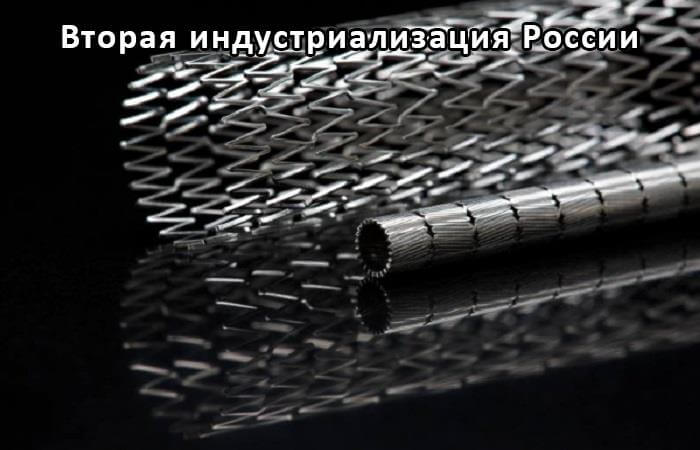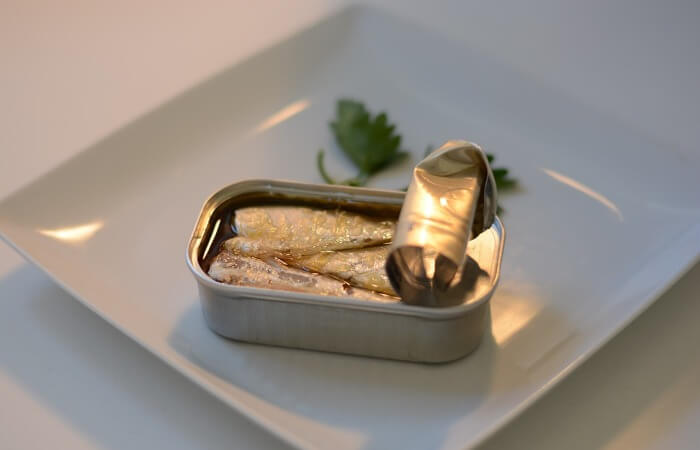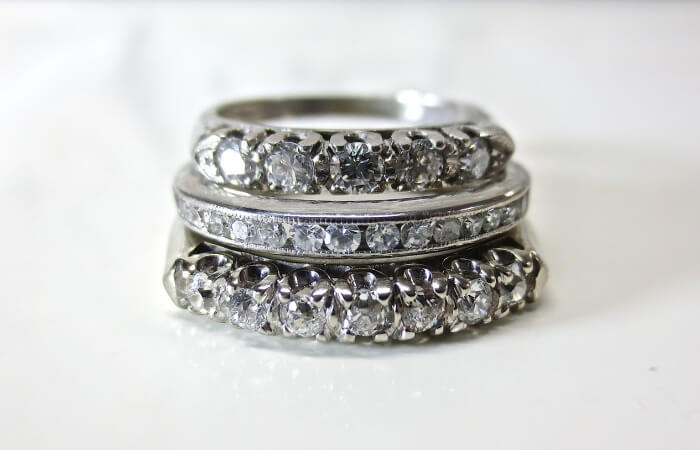Metals with shape memory

Metals with shape memory.
There are a number of metallic materials (metal alloys) capable of regaining original shape after pre-deformation – the so-called metals with shape memory.
Mechanism of shape memory effect
Description:
One of the basic perceptions of people of external phenomena is the durability and reliability of metal products and structures, is stable retains its functional form for a long time, of course, if they are not exposed to supercritical shocks. However, there are a number of metallic materials (metal alloys) capable of regaining original shape after pre-deformation – the so-called metals with shape memory.
The shape memory effect – phenomenon returns to original shape when heated, which is observed in some metallic materials after pre-deformation.
To understand the shape memory effect, once is enough to see its manifestation:
1. There is a metal wire;
2. This wire curve;
3. Begin to heat the wire;
4. When heated, the wire straightens, restoring its original shape.

The shape memory effect depends on the brand of alloy with strictly aged chemical composition. Depends on the temperature of martensitic transformations. The shape memory effect occurs only with thermoelastic martensitic transformations and may occur several million cycles.
The shape memory effect alloy can be fused to a preliminary heat treatment. It possible to reverse the effects of shape memory, when a metal with shape memory at the same temperature “remembers” one form and at another temperature another.
Shape memory in varying degrees possess the following metals and their alloys: Ni – Ti, Ni – Al, Ni – Co; Ti – Nb; Au – Cd, Fe – Ni, Fe – Mn – Si; Cu – Al, Cu – Mn, Cu – Al – Ni, Cu – Zn – Al, etc.
Fe – Mn – Si – the cheapest alloy.
Mechanism of shape memory effect:

1. In the initial state in the material there is a certain structure (in the figure indicated the correct squares).
2. During the deformation of the outer layers of material are stretched and the inner compressed. In materials with shape memory martensite is thermoelastic.
3. When heated, begins to show a thermoelastic martensitic plates, that is, they arise from the internal stresses which tend to return the structure to its original state.
4. Since the external elongated plate is compressed, and the inner flattened stretch material maintains autodermal in the opposite direction and returns to its original structure, and with it the form.
In the process of manifestation of shape memory effect involves the direct and reverse martensitic transformations. The martensitic transformation polymorphic transformation: a change in the mutual arrangement of the components of the crystal of atoms is by their orderly movements, and the relative displacement of neighboring atoms is small compared to the interatomic distance.
Under the direct martensitic transformation understand the transformation from face-centered cubic high temperature phase (austenite) to a low-temperature body‐centred cubic phase (α‐ martensite). The inverse transformation from body‐centred cubic phase in the face-centered cubic.
Nickel-titanium:
Nickel-titanium leader among materials with shape memory for use and study.
Nikelid titanium is equiatomic intermetallic compound with composition of 55 wt. % Ni. The melting point of 1240-1310C, the density of 6.45 g/cm3. The initial structure of titanium nickelide stable body‐centred cubic lattice during the deformation undergoes a thermoelastic martensitic transformation.
Nikelid titanium , is:
– excellent corrosion resistance,
– high strength,
– good characteristics of forosamine,
– good compatibility with living organisms,
– high damping (absorption of noise and vibration) the ability of the material.



